Search Results
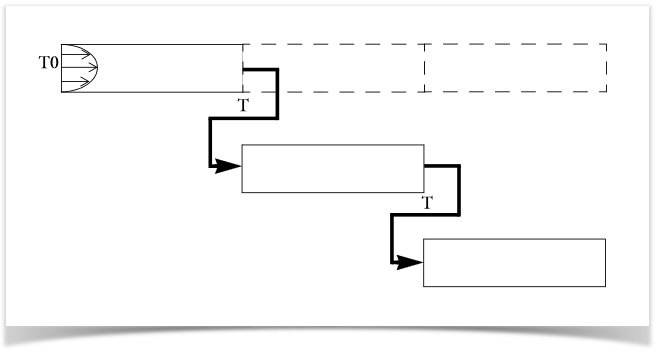
Solutions as Starting Point Values with LiveLink™ for MATLAB®
Did you know that if you want to map data from 1 COMSOL Multiphysics® solution to the next using MATLAB® scripting, you can do so by connecting the 2 software programs via LiveLink™ for MATLAB®?

Hybrid Computing: Advantages of Shared and Distributed Memory Combined
Shared memory platform + distributed memory platform = hybrid computing. Learn about the various aspects of hybrid computing and modeling in this installment of our blog series.
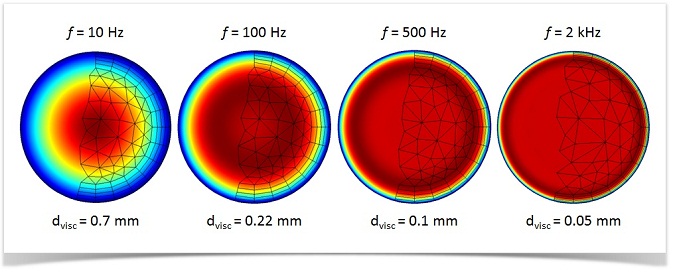
How to Model Thermoviscous Acoustics in COMSOL Multiphysics
Want to solve your acoustics model for acoustic pressure, velocity, or temperature variation? Enter the Thermoviscous Acoustics interface, which offers a simple and accurate way.

Happy Birthday, Nicolaus Copernicus
Polish astronomer Nicolaus Copernicus first theorized the concept of a heliocentric universe. At the time, this was controversial. Now, more than 500 years later, we believe him.
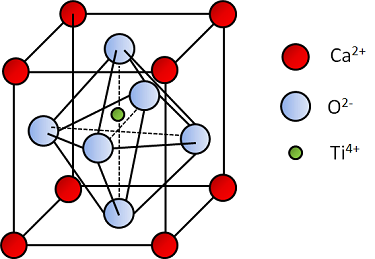
Piezoelectric Materials: Crystal Orientation and Poling Direction
Learn how to accurately model the crystal orientation and poling direction of a piezoelectric material in COMSOL Multiphysics®. We demonstrate how step by step…
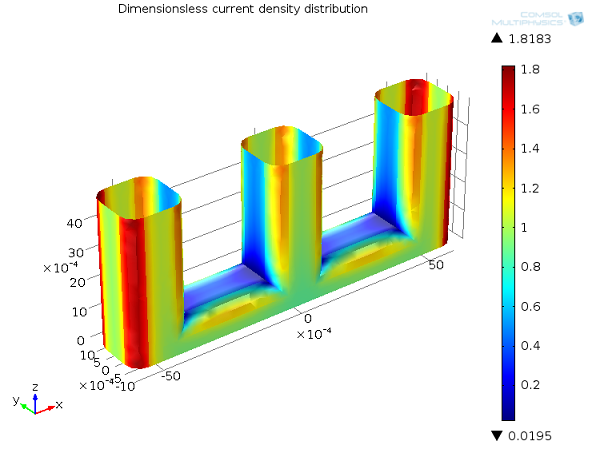
Which Current Distribution Interface Do I Use?
See the different current distributions with a wire electrode example to help you choose between the current distribution interfaces in COMSOL Multiphysics® for your electrochemical simulations.

Intro to the What, Why, and How of Shared Memory Computing
A couple of weeks ago, we published the first blog post in a Hybrid Modeling series, about hybrid parallel computing and how it helps COMSOL Multiphysics model faster. Today, we are going to briefly discuss one of the building blocks that make up the hybrid version, namely shared memory computing. Before that, we need to consider what it means that an “application is running in parallel”. You will also learn when and how to use shared memory with COMSOL.
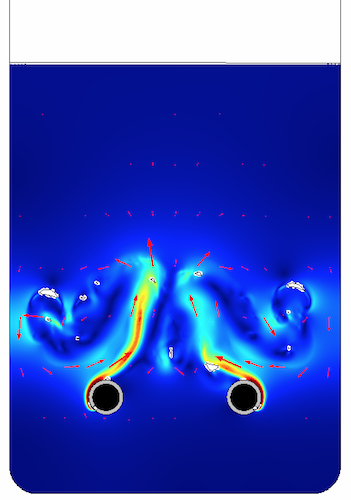
Improving Bioreactor Performance with COMSOL Multiphysics
A guest blogger from Continuum Blue gives an overview of what the consultancy can do using simulation for their biomedical engineering clients.
